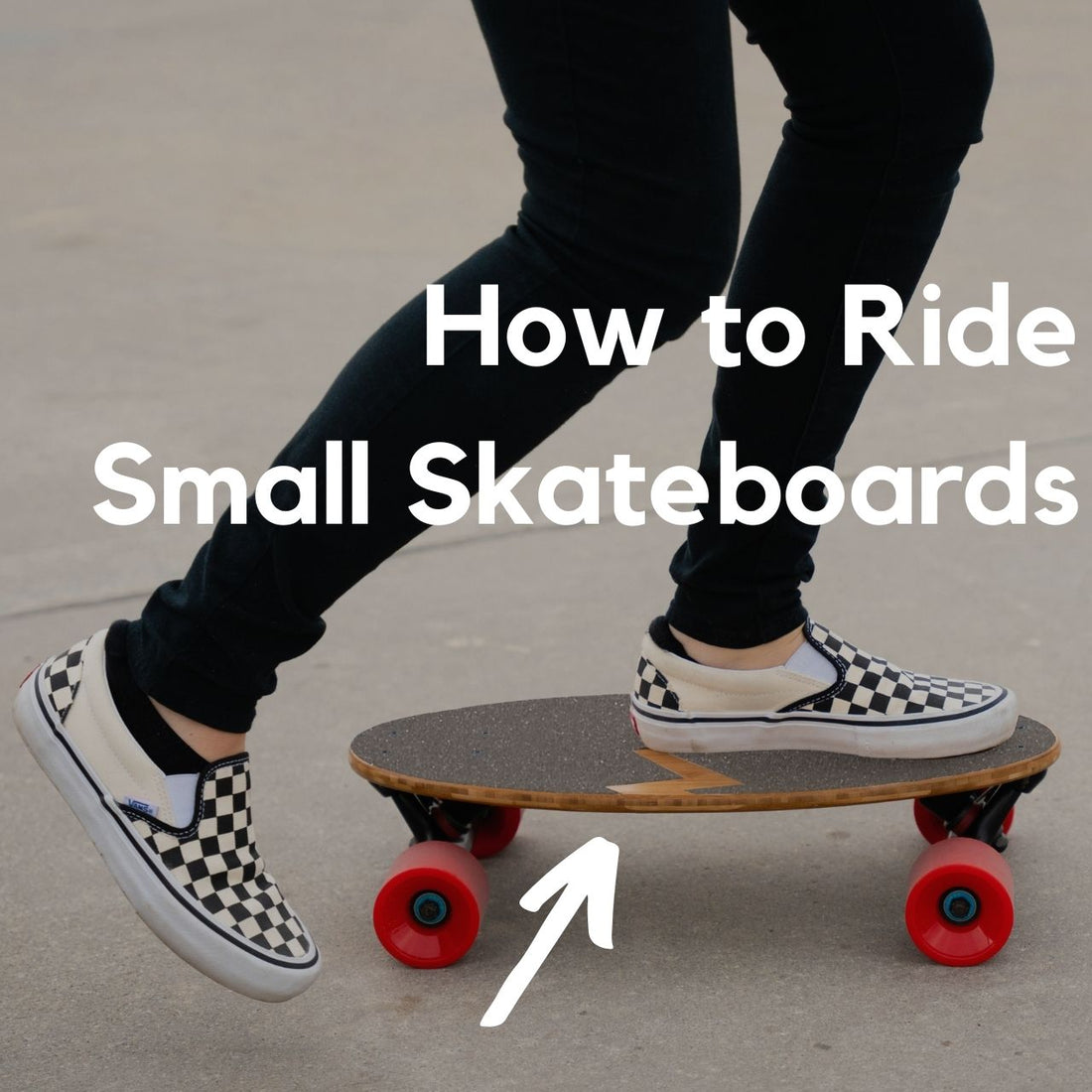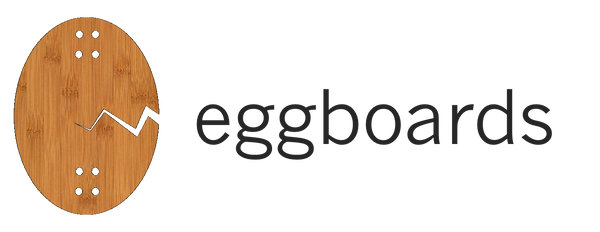
How to Ride a Mini Cruiser: A Beginner's Guide
Share
Why Ride a Mini Cruiser?
Mini cruisers, like Eggboards, are great for commuting, campus rides, and travel. They are small, light, and easy to carry. But riding them is different from riding a regular skateboard or longboard. Because they are shorter, you need good balance and control.
This guide will help you learn how to ride a mini cruiser step by step.
1. Finding Your Stance
Before you start, figure out if you are regular or goofy:
- Regular stance: Left foot forward, right foot pushes.
- Goofy stance: Right foot forward, left foot pushes.
Stand on your board with both feet. Move a little to see what feels natural. Your front foot should be flat and centered on the board. This will keep the board from tilting side to side when you push.
2. Learning to Push and Balance
Step 1: Starting on a Flat Surface
Find a smooth, flat place to practice. An empty parking lot or a quiet sidewalk is ideal.
Step 2: The Push
- Place your front foot straight on the board, near the front bolts.
- Keep your weight on your front foot.
- Place your back foot on the ground and push gently.
- After pushing, lift your back foot and place it on the board.
💡 Pro Tip: Try to balance on your front foot for a second before putting your back foot on the board. This helps improve control.
Step 3: Adjusting Your Feet After Pushing
Once you're moving:
- Rotate your front foot slightly so it’s at an angle (// stance).
- Your back foot should be behind it, nearly parallel.
This stance makes it easier to steer and turn.
3. Turning on a Mini Cruiser
Turning a mini cruiser is similar to a regular skateboard but requires more control.
- Lean forward (toe-side) to turn in one direction.
- Lean backward (heel-side) to turn in the other.
- Keep your knees slightly bent to absorb movement smoothly.
To make sharper turns, shift your weight more aggressively or move your back foot closer to the tail.
4. Stopping Safely
Stopping on a mini cruiser can be tricky because the board is small. Here are two easy ways to stop:
-
Foot Brake:
- Take your back foot off the board.
- Drag it lightly on the ground until you slow down.
-
Carve to Slow Down:
- Make wide, slow turns back and forth.
- This helps reduce speed gradually.
Avoid jumping off while moving fast. Always slow down first.
5. Avoiding Common Mistakes
Mistake #1: Leaning Back
Leaning back can cause the board to slip forward, making you fall backward.
✅ Solution: Keep your weight centered over the board.
Mistake #2: Stiff Legs
If your knees are too straight, bumps in the road will throw you off balance.
✅ Solution: Keep your knees slightly bent and your body loose.
Mistake #3: Wrong Foot Placement
If your foot is too far to one side, the board may tip or wobble.
✅ Solution: Always place your front foot in the middle when pushing.
6. Where to Practice
The best places to learn include:
- Empty parking lots (smooth and open spaces)
- Sidewalks or bike paths
- Driveways or quiet streets
Start on smooth surfaces before trying rougher terrain.
7. Advanced Tips
How to Pump (Speed Without Pushing)
Once you’re comfortable, you can gain speed without pushing by carving.
- Shift your weight from your toes to your heels.
- Do this in a rhythmic motion to generate momentum.
- This lets you move forward without taking your foot off the board.
How to Ride Over Cracks and Bumps
Mini cruisers have big wheels, but cracks can still be tricky. To ride over them:
- Bend your knees slightly to absorb impact.
- Stay relaxed and let the wheels roll over smoothly.
How to Stop Quickly in an Emergency
If you need to stop fast:
- Jump off and run forward to avoid falling.
- Or, drag your back foot harder to stop sooner.
Final Thoughts
Riding a mini cruiser takes practice, but it’s a fun and easy way to get around. Follow these steps to improve your balance and control.
We’d love to hear from you! Was this guide helpful? Do you have any questions or topics you'd like us to cover? Drop us a message via email or DM us on Instagram.
See you outside! ✌️
- Paolo & the Eggboards Team
